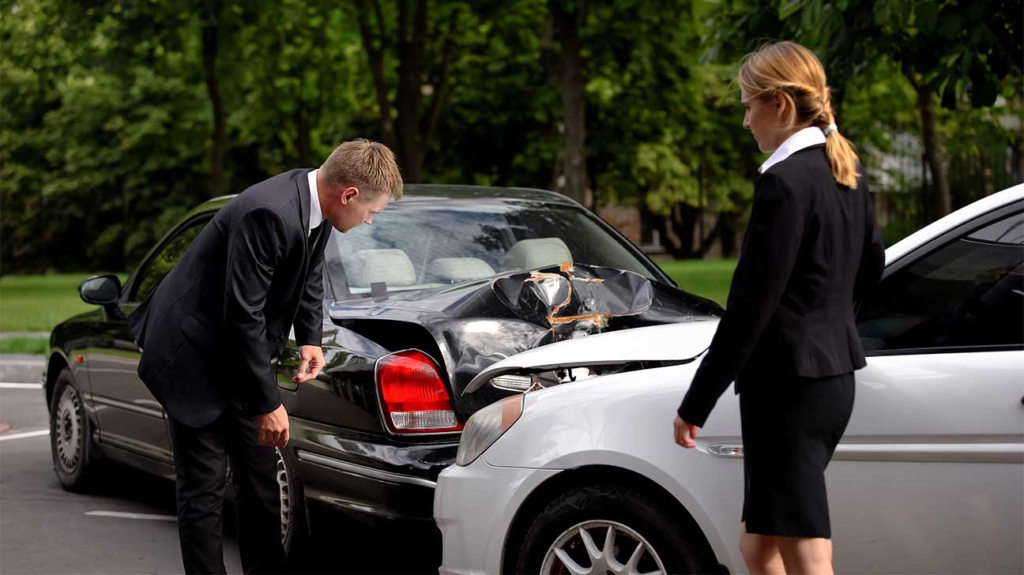Bicycle accidents can be traumatic and confusing, especially when it comes to filing a claim. Whether you’re a cyclist or a driver involved in such an incident, understanding the process of a bicycle accident claim is crucial. This guide will walk you through everything you need to know, from immediate steps to legal considerations.First and foremost, safety should be your top priority after a bicycle accident. Here’s what you should do immediately:
- Check for injuries: Assess yourself and others involved for any injuries. Call emergency services if necessary.
- Move to a safe location: If possible, move out of traffic to avoid further accidents.
- Call the police: A police report is essential for your bicycle accident claim.
- Gather evidence: Take photos of the scene, your injuries, and any damage to your bicycle or other vehicles.
- Exchange information: Collect contact and insurance details from the other party involved.
Once the immediate aftermath is handled, the next step is to file your bicycle accident claim. Here’s how to proceed:
- Notify your insurance company: Report the accident as soon as possible, even if you weren’t at fault.
- Seek medical attention: Even if you feel fine, some injuries may manifest later. A medical report will strengthen your claim.
- Consult a lawyer: A legal expert can help you navigate the complexities of a bicycle accident claim.
- Keep records: Document all expenses related to the accident, including medical bills, repair costs, and lost wages.

Understanding the legal aspects of a bicycle accident claim is equally important. Here are some key points to consider:
- Fault determination: Depending on your state, fault may be assigned differently. Some states follow “no-fault” rules, while others assign blame based on negligence.
- Statute of limitations: There’s a time limit for filing a claim, usually ranging from one to three years.
- Comparative negligence: If you’re partially at fault, your compensation may be reduced proportionally.
Dealing with insurance companies can be challenging. Here’s what to expect:
- Initial contact: The insurance adjuster will likely contact you soon after the accident. Be cautious with your statements.
- Negotiation: Insurers often offer low settlements initially. Don’t accept without consulting a lawyer.
- Denial: If your claim is denied, you have the right to appeal or pursue legal action.
Finally, here are some tips to maximize your bicycle accident claim:
- Be honest: Provide accurate information to avoid complications.
- Stay organized: Keep all documents and correspondence in one place.
- Be patient: Claims can take time to resolve, especially if litigation is involved.
In conclusion, a bicycle accident claim requires careful attention to detail and a thorough understanding of the process. By following these steps and seeking professional advice, you can ensure that your rights are protected and that you receive fair compensation for your injuries and damages.

